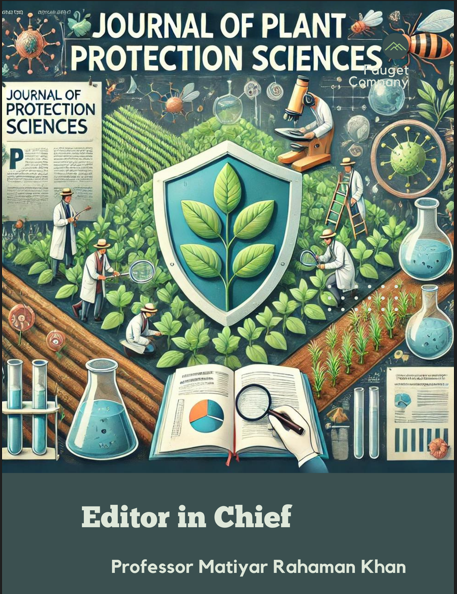Evaluation of severity of foliar diseases of mulberry under organic versus conventional farming systems
DOI:
https://doi.org/10.48165/Keywords:
evaluate foliar, diseases are generallyAbstract
Mulberry (Morus sp.), the sole food plant of silkworm (Bombyx mori) is prone to several foliar diseases caused by fungi, bacteria, virus and mycoplasma. Among them, powdery mil dew (Phyllactinia corylea), leaf rust (Peridiopsora mori), Pseudocercospora leaf spot (Pseudocercospora mori), Myrothecium leaf spot (Myrothecium roridum) and sooty mold (Ascomycetes and Deutoromycetes fungi) are major foliar diseases of mulberry in the eastern and north eastern India (7,8). About 10-15% leaf yield loss occurs due to powdery mildew, leaf rust and leaf spot dis eases (3,9). Besides, these diseases also re duce leaf quality drastically leading to poor silkworm rearing. Qadri et al. (11, 12) re ported crop loss up to 54.56% and 55.59% at maximum disease severity of leaf spot and powdery mildew, respectively.
References
1. Alstrom S. 1991 Journal General and Applied Microbiology 37: 495-01.
2. FAO. 1967 Crop Losses due to Diseases and Pests, FAO, Rome.
3. Gunasekhar V Govindaiah Himantharaj MT. 1995 Indian Journal Sericulture 34: 60-62.
4. Hoitinik HAJ Boehm MJ. 1999 Annual Review of Phytopathology 37: 427 - 46.
5. Levy E Eyal Z Chet I. 1998 Plant Pathology 37: 551-57.
6. Lockwood JL (Hornby D Eds). 1990 Biological Control of Soil borne Plant Pathogens, CAB International, Wallingford, UK.

